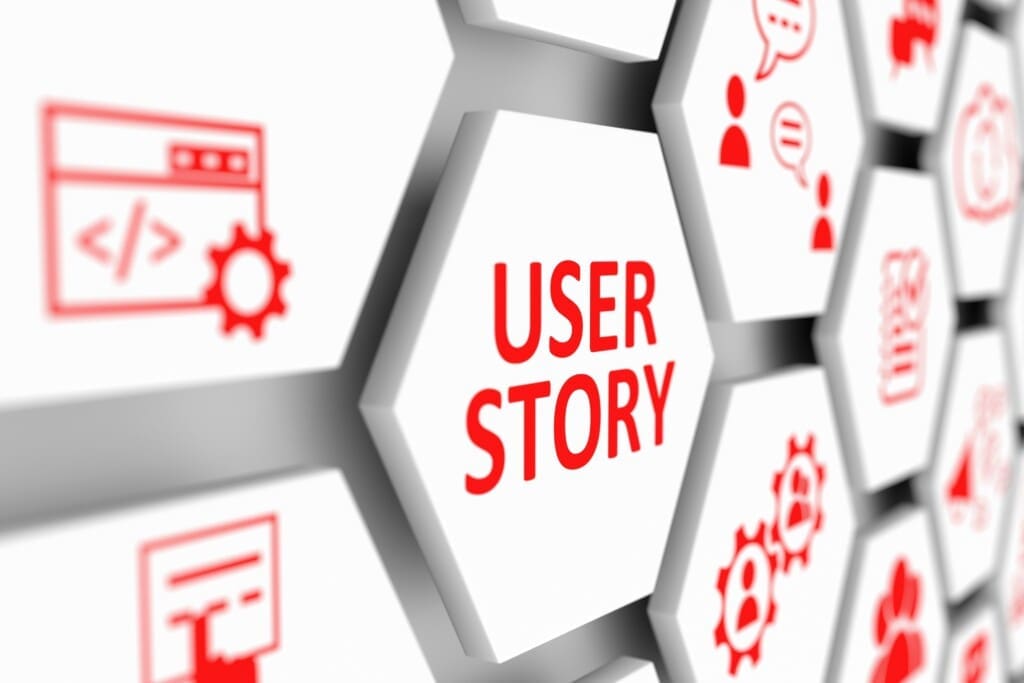Understanding User Stories
User stories are concise, simple descriptions of a feature or functionality from the perspective of an end-user. They capture the “who,” “what,” and “why” of a requirement, focusing on delivering value to the customer. User stories are typically written in a specific format, such as: “As a [user role], I want [goal] so that [benefit].”
Importance of User Stories Sprints
Customer-Centric Approach
User stories promote a customer-centric approach by shifting the focus from technical details to the end-user's needs and expectations. By capturing user requirements in a language that is easily understandable by both the development team and stakeholders, user stories ensure that the customer's perspective remains at the forefront throughout the sprint.
Effective Communication
User stories serve as a communication tool between the development team, product owner, and stakeholders. They provide a shared understanding of the desired functionality, allowing for effective collaboration and reducing the chances of misinterpretation. User stories facilitate discussions, clarifications, and feedback, fostering a collaborative environment that leads to better outcomes.
Prioritization and Value Delivery
User stories help prioritize features and functionalities based on their value to the customer. By assigning relative estimates or points to user stories, the development team and product owner can make informed decisions about the order in which stories should be implemented. This prioritization ensures that the highest-value items are delivered early in the sprint, providing quick feedback and value to the customer.
Iterative and Incremental Development
Scrum sprints are time-boxed iterations, and user stories provide the necessary structure for iterative and incremental development. Breaking down requirements into smaller, manageable user stories allows for shorter feedback loops and faster delivery of value. User stories enable the development team to deliver working increments of the product at the end of each sprint, ensuring continuous improvement and adaptation.
Testability and Acceptance Criteria
User stories help define clear acceptance criteria that determine when a story is considered complete. These criteria provide a basis for testing and validation, ensuring that the implemented functionality meets the customer's expectations. Well-defined acceptance criteria associated with user stories enable the development team to deliver high-quality software that aligns with the desired outcomes.
User stories are an essential component of Scrum sprints, serving as a bridge between the customer’s needs and the development team’s implementation. They facilitate effective communication, prioritize value delivery, enable iterative development, and provide a basis for testing and validation. By embracing user stories, organizations can enhance their agility, improve customer satisfaction, and deliver software that meets the needs of end-users. So, next time you embark on a Scrum sprint, remember the power of user stories in driving successful project outcomes.




